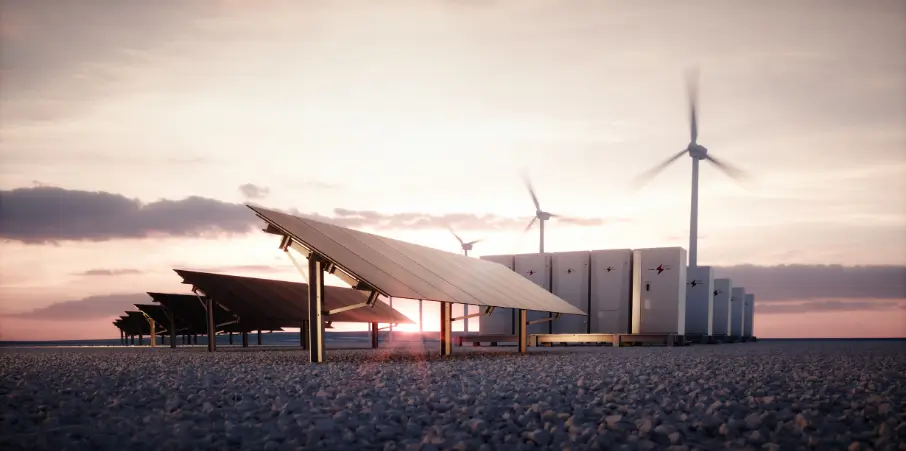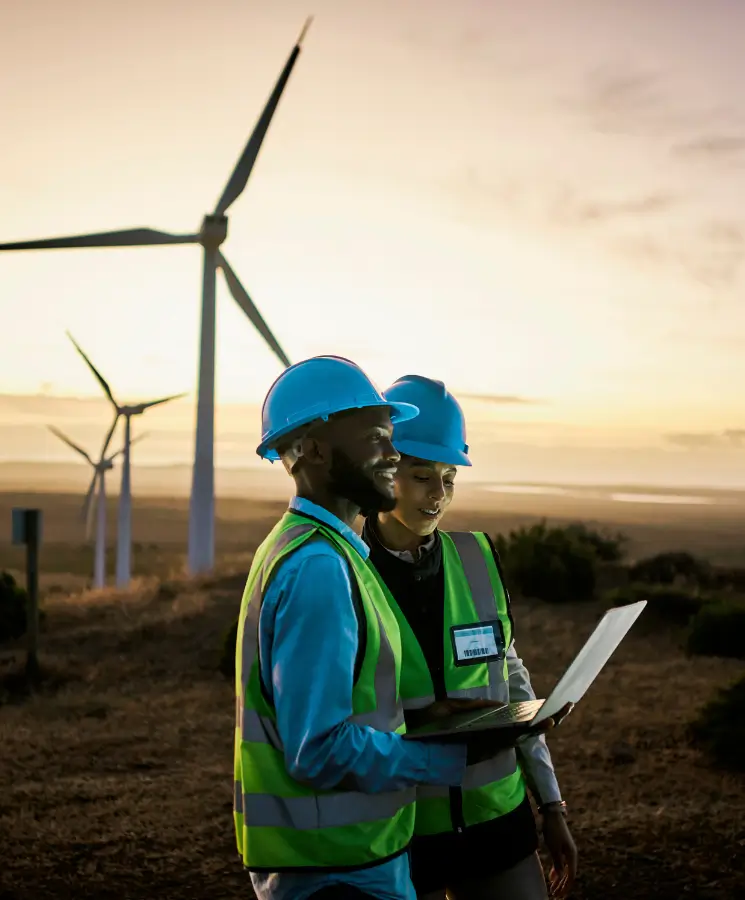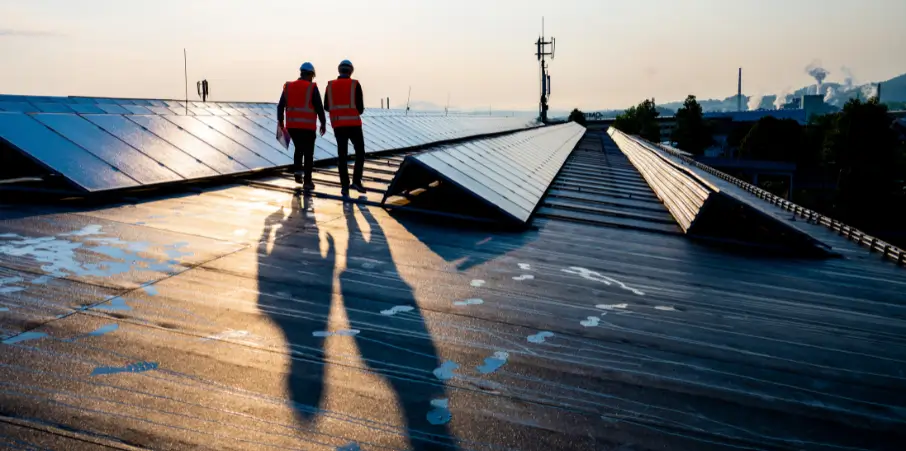Welcome to
moshesh partners
Partners in a clean energy future
Moshesh Partners is a majority black-owned and managed renewable energy asset manager, specializing in investments across Sub-Saharan Africa, with a primary focus on South Africa. We aim to deliver world-class financial returns while driving sustainable transformation in energy infrastructure. Our purpose is clear: to create a cleaner, brighter future for generations to come.
Driving Africa’s energy transition
Africa’s vast untapped potential positions the continent as a global leader in the renewable energy revolution. In South Africa, the Integrated Resource Plan (IRP) 2030 mandates the development of over 29,000 MW of new capacity by 2030, including:
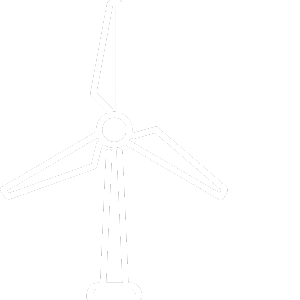
14,400 MW
of wind power
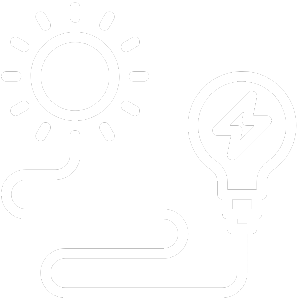
6,600 MW
of solar power
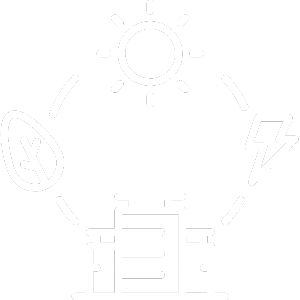
5,000 MW
of distributed solar power
Moshesh Partners stands at the forefront of this transformation, leveraging expertise, capital, and innovation to power growth while contributing to critical socioeconomic objectives like job creation, education, and energy access.

Inspired by the legacy,
guided by the vision
Named after Moshoeshoe I, the architect of the Basotho nation, Moshesh Partners reflects the values of strategic vision, inclusivity, and resilience. Our team brings decades of expertise in renewable energy and private equity, with a proven track record of financing and deploying over R5 billion across the energy sector.
In 2020, we launched the Moshesh Partners Renewable Energy and Clean Infrastructure Fund I, a R300 million private equity fund targeting sustainable energy and infrastructure projects across the region.
Sustainable energy,
transformative impact
We offer investors access to a diversified portfolio of renewable energy and clean infrastructure assets.
Our strategy is built on three pillars:
Embedded & Distributed Generation Projects
Medium-risk projects serving commercial and industrial clients, including behind-the-meter and wheeling solutions.
Large-Scale Renewable Energy Projects
Low risk, high-yield assets underpinned by long-term contracts with creditworthy off-takers.
Alternative Energy & Clean Infrastructure
High-impact investments in innovative technologies like plastic-to-aggregate plants and AI-driven efficiency systems.
Performance you can trust
Since inception, Moshesh Partners has delivered tangible results:

Developed and financed over 30 MW of solar PV in Namibia, representing 10% of the nation’s capacity.

Secured preferred bidder status for three 140 MW wind projects in South Africa under the REIPPPP Round 5.

Launched rooftop solar PV systems across hospitals, corporate facilities, and municipalities, driving measurable environmental and social impact.

Developed an innovative combined heat and steam power generation facility to take one of South Africa’s largest diary manufacturers off the grid.

Our portfolio is designed to deliver stable, uncorrelated returns, backed by robust ESG principles.

Meet our people
At Moshesh Partners, our success is built on the expertise, passion, and values of our people.
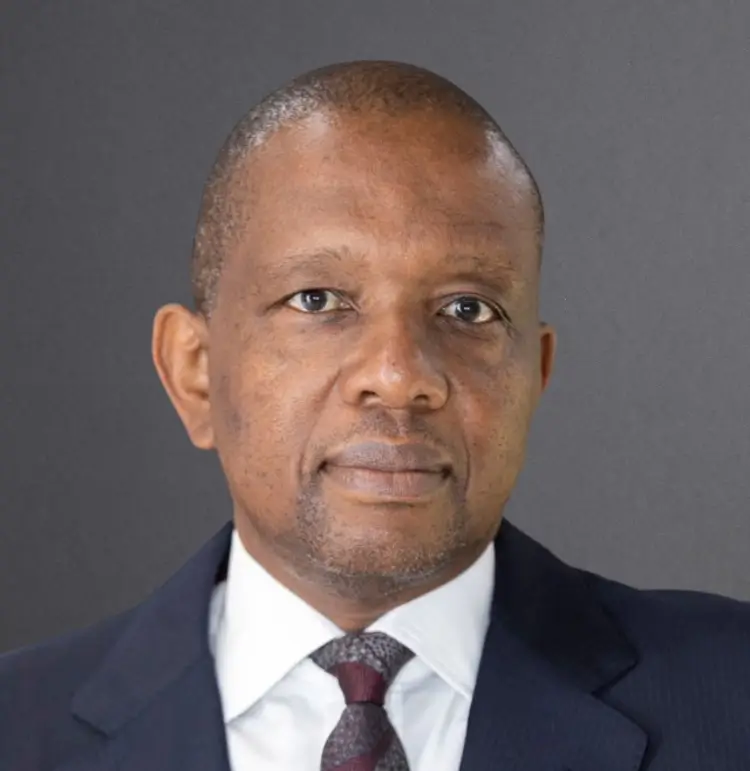
Tutu Mnganga
Director

Mpumelelo Mnganga – Mokgathe
IC Member
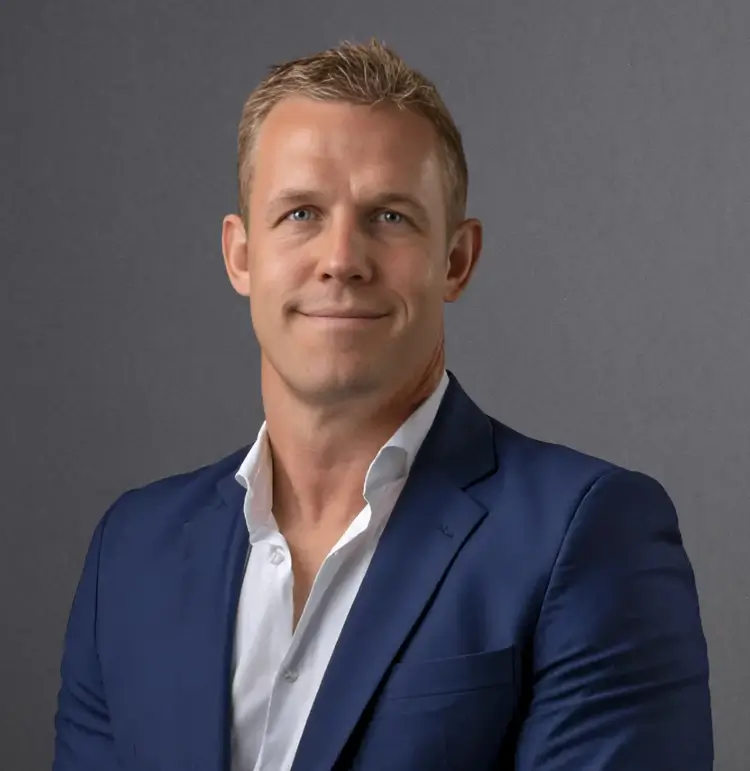
Daniel Palm
Chief Executive Officer

Chris Botha
Principal
Why choose Moshesh Partners?
Redefining Excellence in Asset Management
Unparalleled Expertise
Led by industry veterans with extensive experience in renewable energy, project finance, and private equity.
Commitment to Transformation
As a Level 2 B-BBEE contributor, we prioritize inclusive economic growth and meaningful participation in the energy sector.
ESG Leadership
Our Responsible Investment Model, inspired by global best practices, ensures that all projects deliver positive environmental, social, and governance outcomes.
Active Portfolio Management
We employ rigorous due diligence and proactive risk management strategies to protect and grow investor capital.
Invest in Africa’s future
At Moshesh Partners, we believe renewable energy is not just a solution to the continent’s energy challenges—it’s a catalyst for long-term economic prosperity. Together, we can build a sustainable future while generating attractive, risk-adjusted returns.
Contact us
Your Clean Energy Partner
info@moshesh.partners
1 Osborne Road, Claremont, Cape Town
Moshesh Partners Fund Management (Pty) Ltd (“Moshesh Partners”) is an authorised Category II financial services provider in terms of the Financial Advisory and Intermediary Services Act No. 37 of 2002 (“FAIS Act”) with FSP number 51854. The information contained herein, should not be construed as advice as defined in the FAIS Act, neither does it constitute a solicitation, invitation or investment recommendation. Investors should take cognisance of the fact that there are risks involved when buying, selling or investing in any financial product. The value of financial products can increase as well as decrease over time, depending on the value of the underlying securities and market conditions. Past returns may not be indicative of future returns and an investor should seek independent professional financial, legal and tax advice relevant to their individual circumstances before making any investment decision. The validity and accuracy of any illustrations, forecasts or hypothetical data are not guaranteed and are only provided for illustrative purposes.

